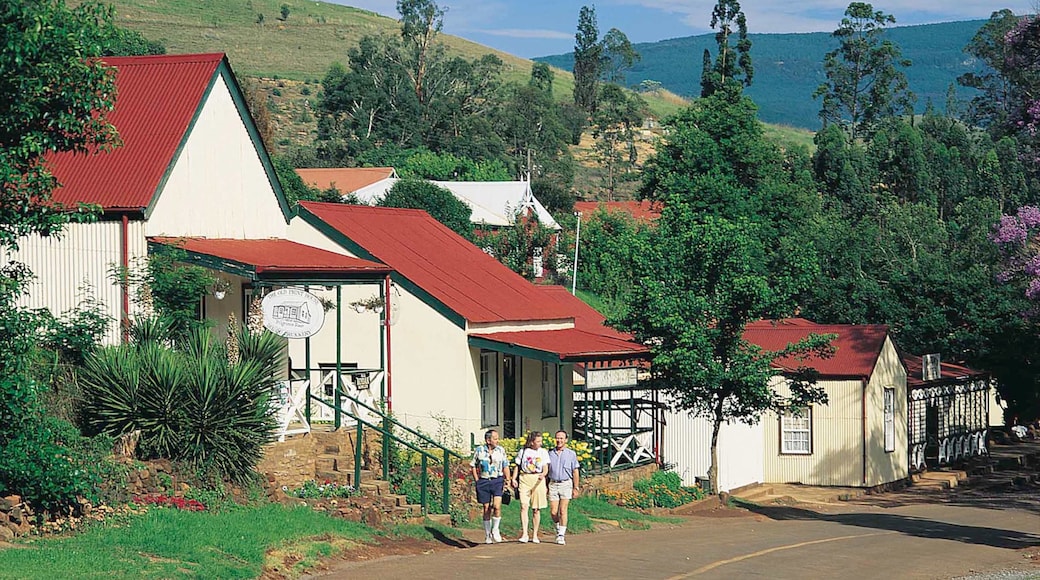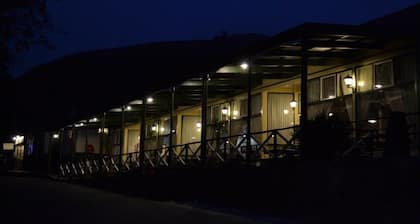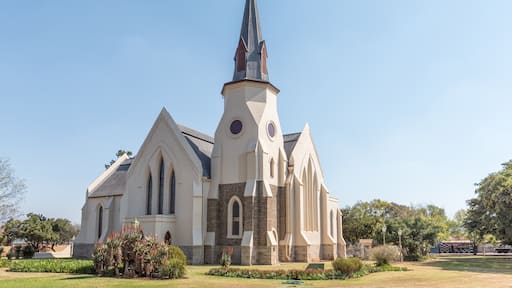Journey back to the days of the gold rush with a visit to the old mining town of Pilgrim’s Rest. Tour museums and historic sites to learn about the quest for gold in this part of South Africa during the late 19th and early 20th centuries.
The town's origins date back to 1873 when gold was discovered by a miner. Following an additional discovery by a second prospector, hordes of people flocked to the area and the town quickly grew.
Pilgrim’s Rest extends along one main road and is lined with shops, restaurants, museums and hotels. On your arrival, go to the information centre to pick up tickets to museums and to learn about any activities taking place in the area. While you are here, study old photographs, maps and mining artifacts that provide an excellent introduction to the geology and history of the town.
Make your way to Alanglade House Museum, the former residence of the mine manager. Walk through rooms that have been furnished with period items from the early 20th century. Visit the Old Cemetery and look for the tombstone that faces in a different direction to all the others. This is the grave of an unnamed robber who was chased out of town after being caught stealing. His body was found a few days later. Just outside of town is Diggings Site Museum, where you can witness gold-panning demonstrations and see machinery from the early mining days.
Stop by the neo-gothic Methodist church and the Anglican church, which was built in 1884. There is also a Catholic church with a German organ from 1846.
There are plenty of places to eat and drink at Pilgrim's Rest, but be sure to have a drink in the Royal Hotel. Its bar was once a Roman Catholic chapel of a school in Cape Town.
Pilgrim's Rest is on the Panorama Route, the scenic road that passes through the northeastern part of the Drakensberg Escarpment. After reliving the days of the old gold rush, continue along the route for some of its most breathtaking sights, including the Blyde River Canyon.










